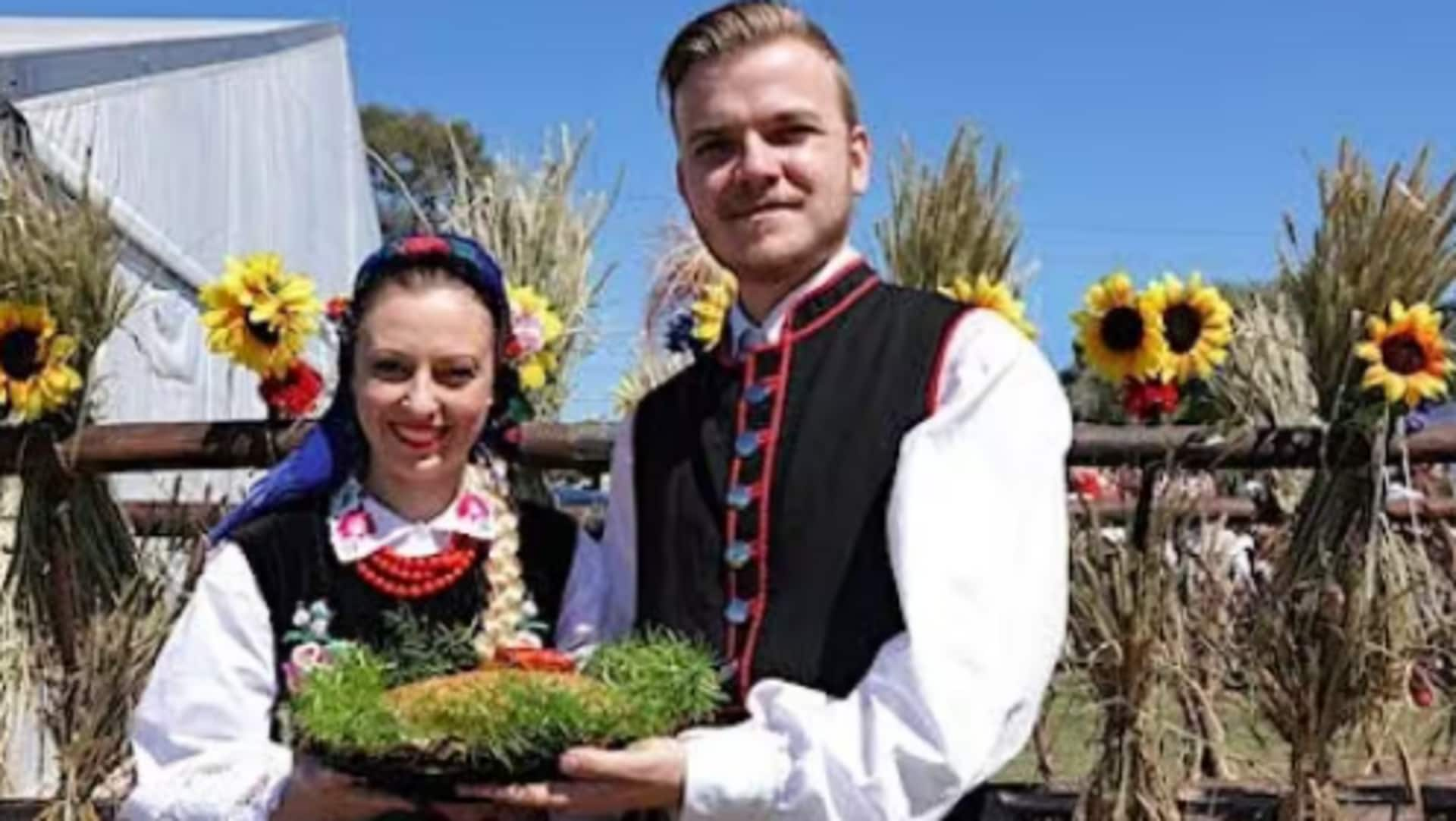
5 forgotten Polish harvest traditions
What's the story
With its rich cultural tapestry, Poland has its share of harvest traditions that have been passed down generations. While some customs have faded over time, others continue to be practiced today, preserving the essence of Polish heritage. Not only are these traditions a testament to Poland's agricultural roots, but they are also a celebration of community and gratitude for nature's bounty. Here are five such forgotten yet enduring Polish harvest traditions.
#1
Dozynki festival celebrations
The Dozynki festival is one of Poland's most beloved harvest celebrations. Traditionally celebrated towards the end of the harvest season, it entails making wreaths from wheat and other grains as emblems of prosperity and plenty. Villagers come together to take part in parades, singing folk songs and dancing in traditional costumes. This festival is an ode to farmers for their efforts through the year.
#2
Making harvest wreaths
Harvest wreaths are an essential part of Polish harvest traditions. These wreaths are beautifully crafted with different grains, flowers, and herbs collected during the harvest season. Each component represents something different, such as fertility or protection against bad luck. The finished wreath is usually hung in homes or churches as a mark of thanksgiving for a bountiful harvest.
#3
Sharing bread ritual
In several rural areas across Poland, sharing bread continues to be an essential ritual during the harvest time. Freshly baked bread from newly harvested grains is shared among family members and neighbors as a gesture of goodwill, and unity among communities. The tradition highlights sharing resources generously while cultivating strong bonds amongst people living together.
#4
Singing traditional folk songs
Singing traditional folk songs remains an essential element of Polish harvest celebrations today, although less so than before modernization spread across Europe's countryside regions decades ago now. The songs commonly narrate tales about the life on farms or thank nature's gifts bestowed upon during each year's bountiful yield cycle—emotionally linking participants to their ancestors' experiences long far gone by now too.
Tip 1
Organizing community feasts
Community feasts also remain popular events where locals come together after completing all necessary tasks directly back into agriculture itself (such as planting seeds earlier). During these gatherings, everyone contributes something special, whether it be homemade dishes prepared using fresh produce grown locally in nearby fields surrounding them.